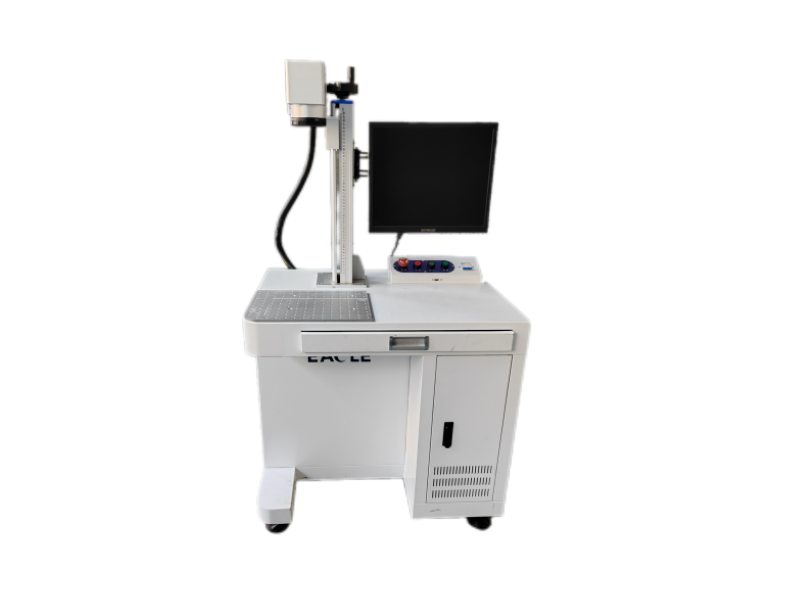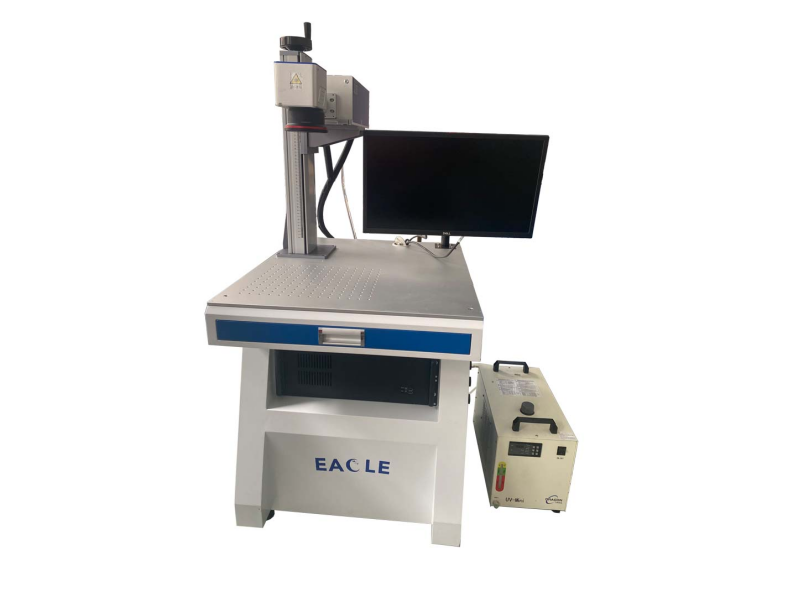When we need a marking device, it is often unclear which marking method is more suitable for our products. Laser marking, as a non-contact marking technology, can engrave high-quality marks on a variety of products. Laser marking technology not only provides permanent marks but also ensures product traceability. So, between the two commonly used marking technologies, UV laser marker machine and fiber laser marking machine, which one is more suitable for you?

First, we need to understand the core features of UV laser marker machine and fiber laser marking machine. The UV laser marker machine is renowned for its short wavelength and low heat, which causes photochemical reactions. It is highly effective for heat-sensitive materials, with a small heat-affected zone that does not damage the material surface. On the other hand, the fiber laser marking machine has a longer wavelength and high energy conversion efficiency, enabling deep and durable engraving, making it suitable for hard materials or high-density materials like metals. In summary, the UV laser marker machine is ideal for precision processing, while the fiber laser marking machine is better suited for industrial production.
In addition, when selecting a marking device, it is crucial to consider the material of the product. Both UV laser marker machine and fiber laser marking machine have their specific applications, and the choice should be based on material properties and desired effects. For marking on metals, fiber laser engraving is generally used. The fiber laser marking machine can also create contrast by removing the material surface, and on certain materials (such as stainless steel), different colors can be achieved by adjusting parameters. This versatility offers unique advantages in industries like automotive and aerospace for part tracking. While the UV laser marker machine cannot achieve color changes, it can still perform simple engraving on many metal surfaces. For some plastic materials, fiber lasers can create a "foaming" effect, generating contrast through gas bubbles. On certain plastic surfaces, color changes can also be achieved for contrast. The UV laser marker machine, however, provides an alternative marking mechanism through photochemical reactions, producing less smoke and gas. This makes it highly suitable for materials like high-density polyethylene (HDPE), low-density polyethylene (LDPE), and synthetic fibers. As for glass, due to its fragility, traditional marking methods can easily damage the product. The UV laser marker machine can mark glass without causing chipping or micro-cracks, preserving the product's integrity.

In summary, whether to choose a UV laser marker machine or a fiber laser marking machine depends on the product material and marking requirements. Before making a decision, it is recommended to thoroughly evaluate the product material, desired effects, and production environment. The right choice can optimize production efficiency and enhance product quality. If you are interested in laser marking machines, feel free to continue following our official website or contact us.
Note: These data are for reference only. The actual cutting results may vary depending on equipment performance, operational skills, and the specific characteristics of the material.

